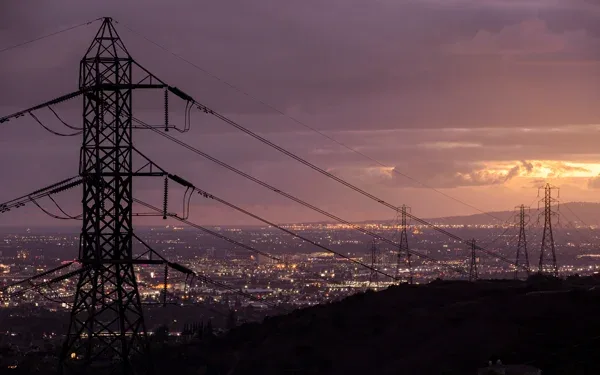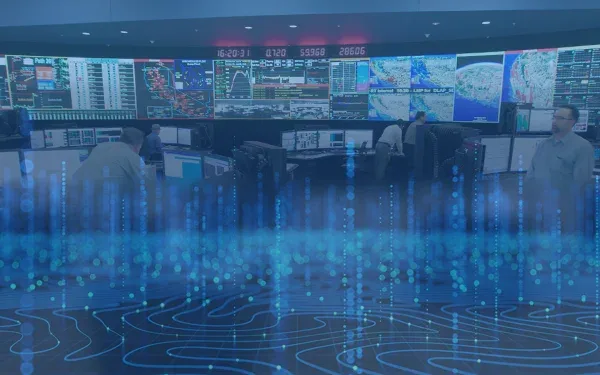New video on historic growth of battery storage released
Battery storage played an important role in helping to enhance grid resiliency during the summer of 2021, and the California ISO has produced a new short video documenting the benefits and challenges associated with integrating so much of the maturing technology into the state’s power system.
From Idea to Reality: Battery Storage Comes of Age on the California Grid was recorded last spring and summer at various new utility scale battery installations around the state. It features key policy makers, utility executives, storage developers and some of the ISO’s top officers explaining how lithium-ion batteries have become such a vital part of California’s evolving resource mix.
“Last summer was a pivotal moment for battery storage and we felt it was important to document the story and to share our experiences and the lessons we learned,” Elliot Mainzer, the ISO’s president and CEO, said. “The potential of lithium-ion batteries had been talked about and anticipated for a long time. Now they are a central part of our toolbox to make sure that supply and demand are balanced and the system remains reliable even during the most challenging conditions.”
The story featured in the video begins in 2010 when then-state Assemblywoman Nancy Skinner introduced legislation asking the California Public Utilities Commission (CPUC) to consider setting targets for energy storage for utilities. Viewers can hear Skinner and other policymakers trace the history of battery storage and its impact on the grid.
Today, as prices for lithium-ion batteries have come down and the technology has been proven to be dependable, the ISO-operated grid added 2,419 megawatts (MW) of storage during 2021, a more than 10-fold increase in battery storage capacity from the summer of 2020 to the summer of 2021. By June of this year, it’s anticipated that another 2,100 MW of storage will be online, providing even more resiliency in those crucial evening hours during hot summer days when solar and wind generation are down but demand for electricity remains high.
Perhaps the greatest test for the new resources came on the afternoon of July 9, 2021, when a large wildfire in Southern Oregon limited the amount of power that could be imported into California from the Pacific Northwest. Demand for electricity was already very high from an extended regional heat wave and the fire placed even more stress on the grid.
“We were just really close. We had basically every single resource on our system committed, everything was running full bore,” Gabe Murtaugh, the ISO’s storage sector manager, recalled in the video. “If one more thing would have gone wrong, we could have really been in some serious trouble and we might've had to shed load.”
But as the narrator in the video noted, the system was able to quickly dispatch 1,000 MW of new battery power to balance supply and demand and help keep the lights on. The solid performance of the technology gives grid operators more confidence about being able to maintain reliability this summer and beyond.


